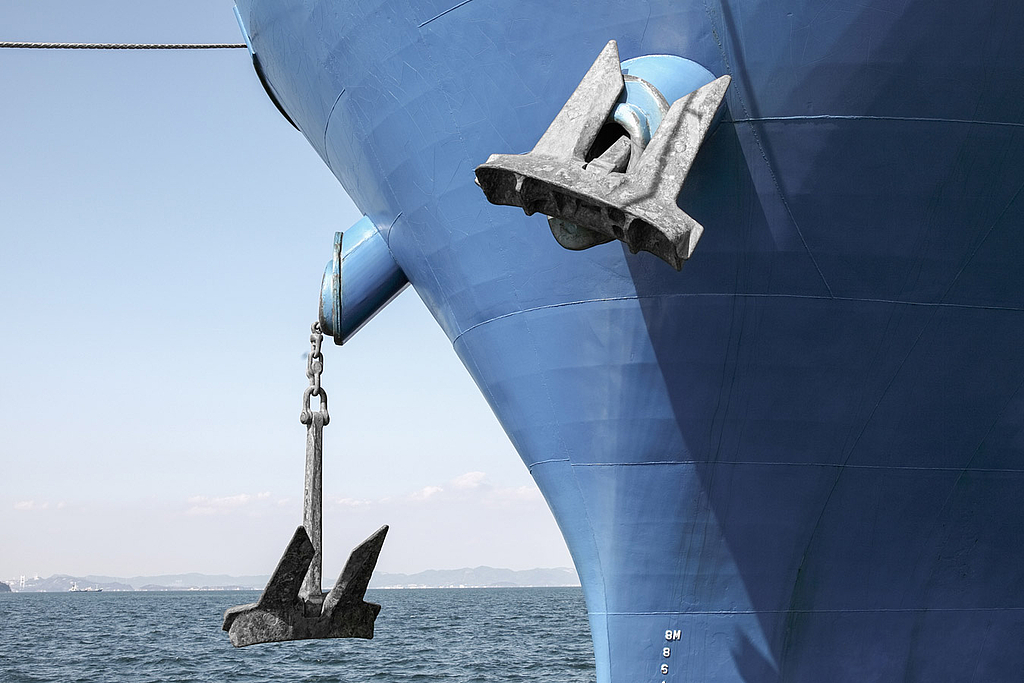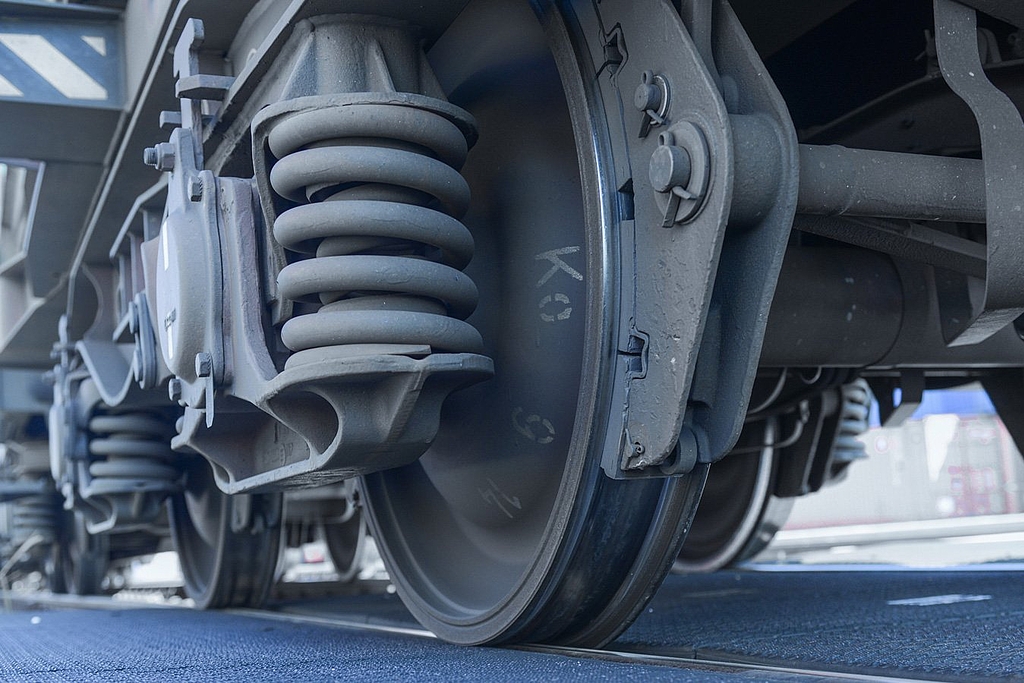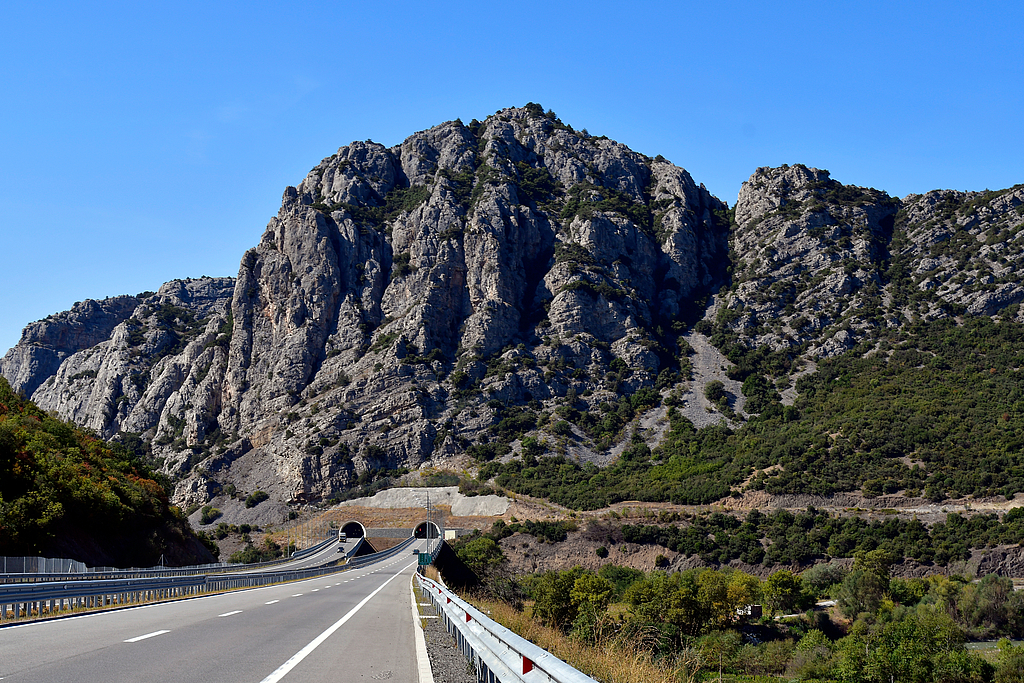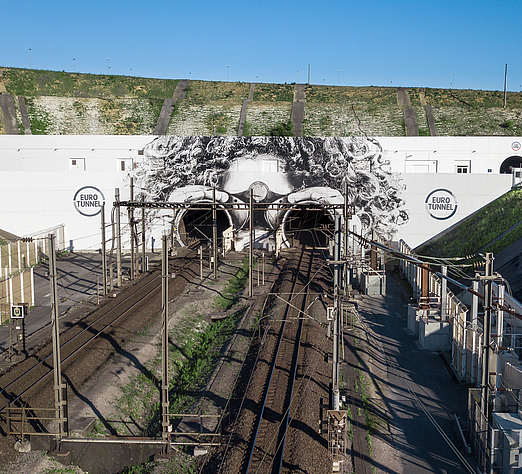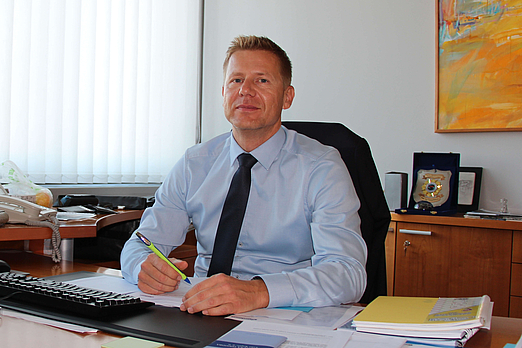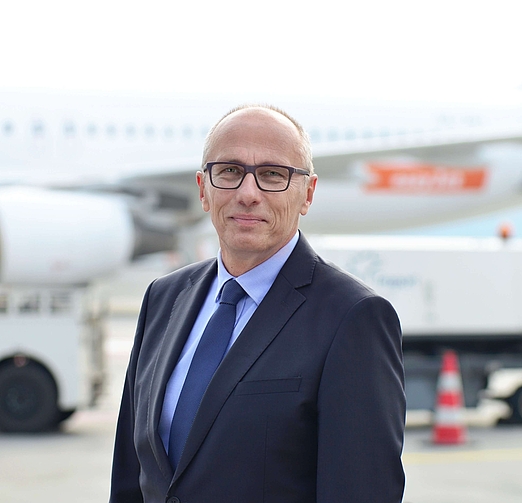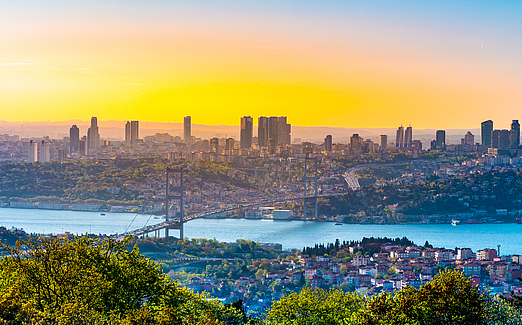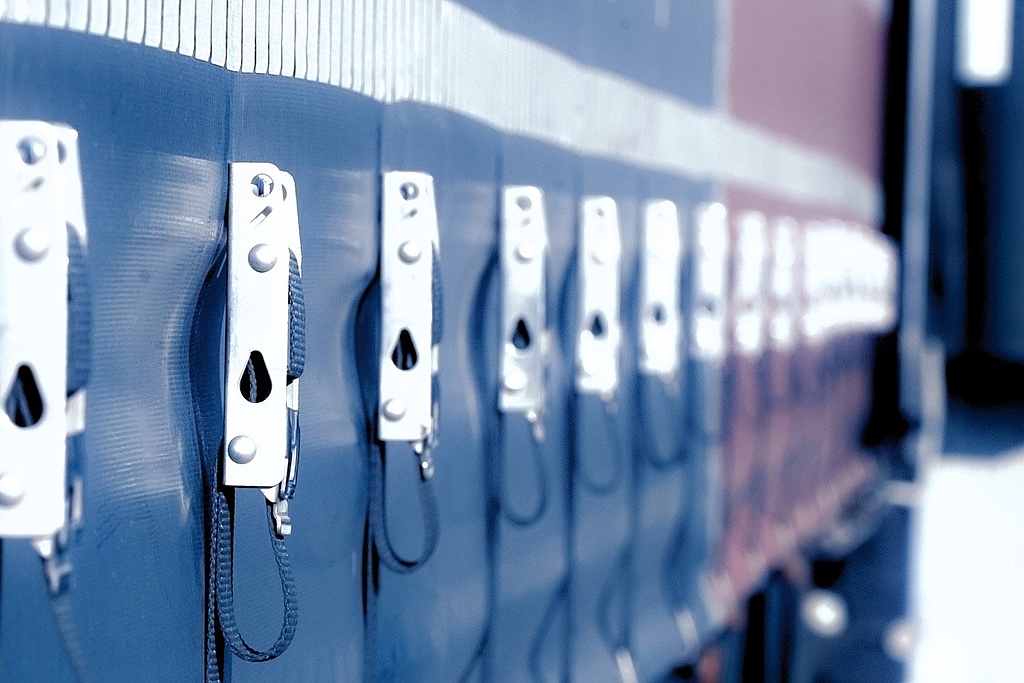A new name, but a long history
North Macedonia – a Balkan country growing closer to Europe
- Facts
This small country in the heart of the Balkans only recently reached the conclusion of its debilitating name dispute with Greece. In exchange, the young land-locked nation with a thousand-year history can look ahead to joining the EU. Join us for an examination of the country's curious conflict with its neighbor, its dynamic growth, an “incisive valley” and the local transportation system.
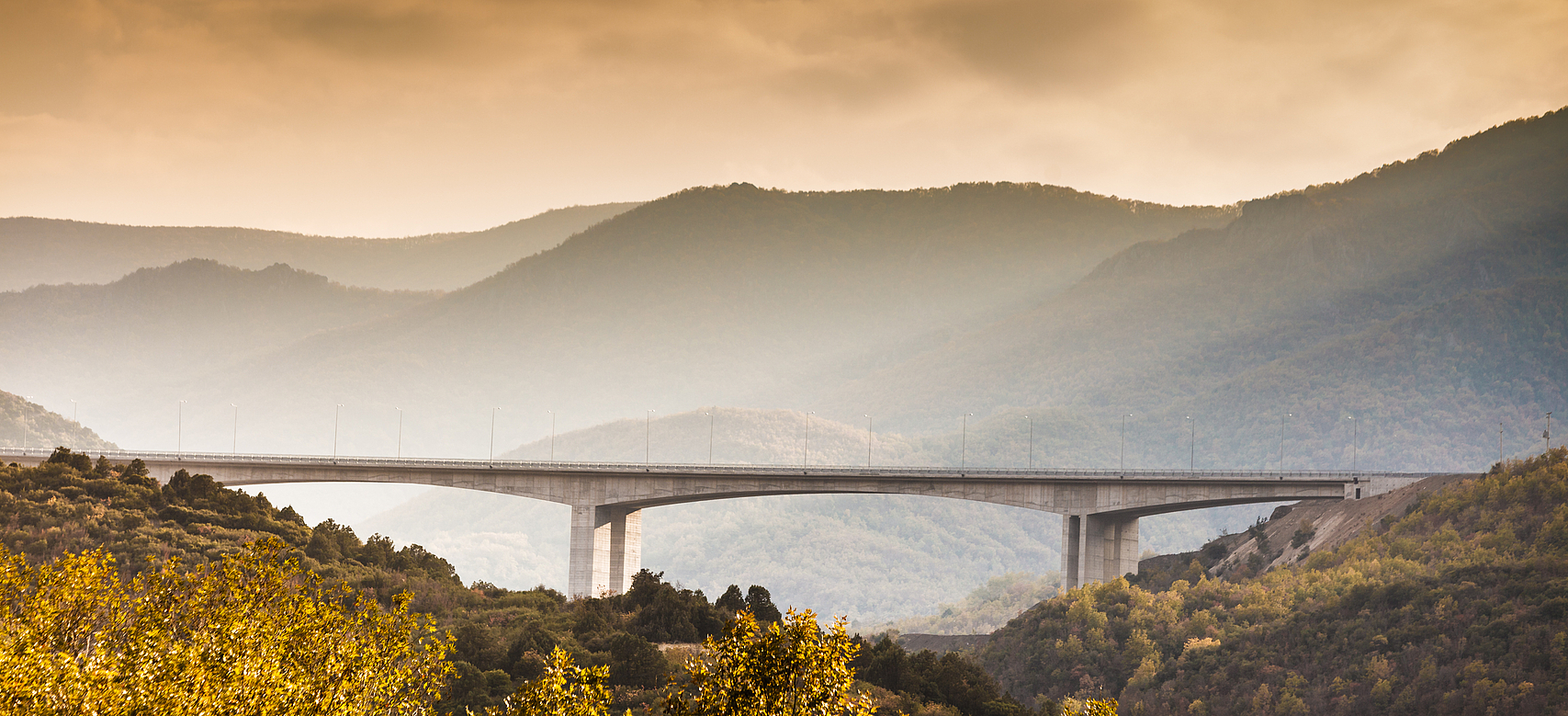
Country Facts North Macedonia:
North Macedonia has a little over 2 million inhabitants, of which about 600,000 live in the capital of Skopje.
Ethnic Macedonians make up 65 percent, while Albanians are the largest minority at one fourth of the population.The national language is Macedonian, while Albanian is a second official language in some communities. English is typically used as the language for business.
The currency is the Macedonian denar (MKD), which subdivides into 100 deni.
